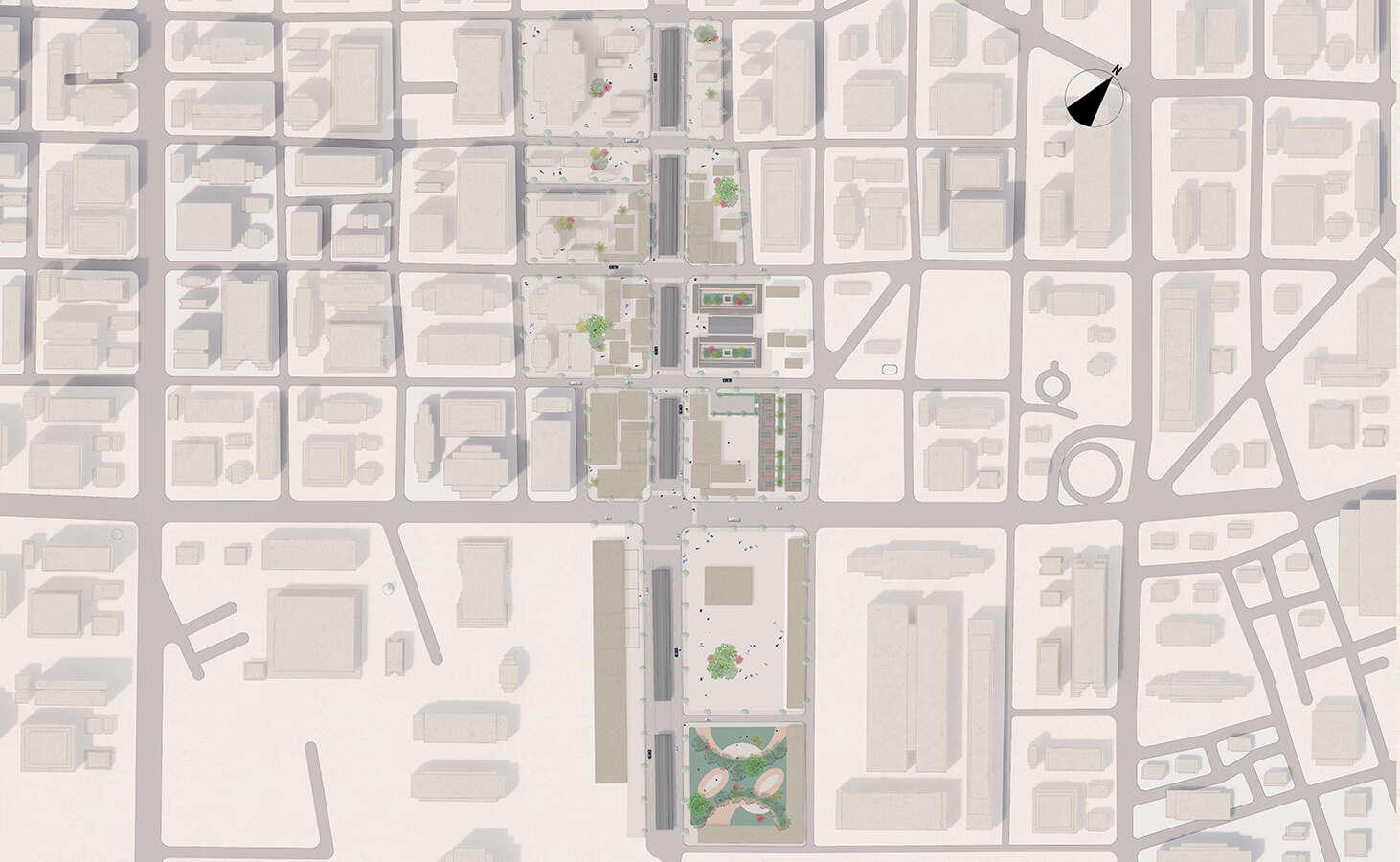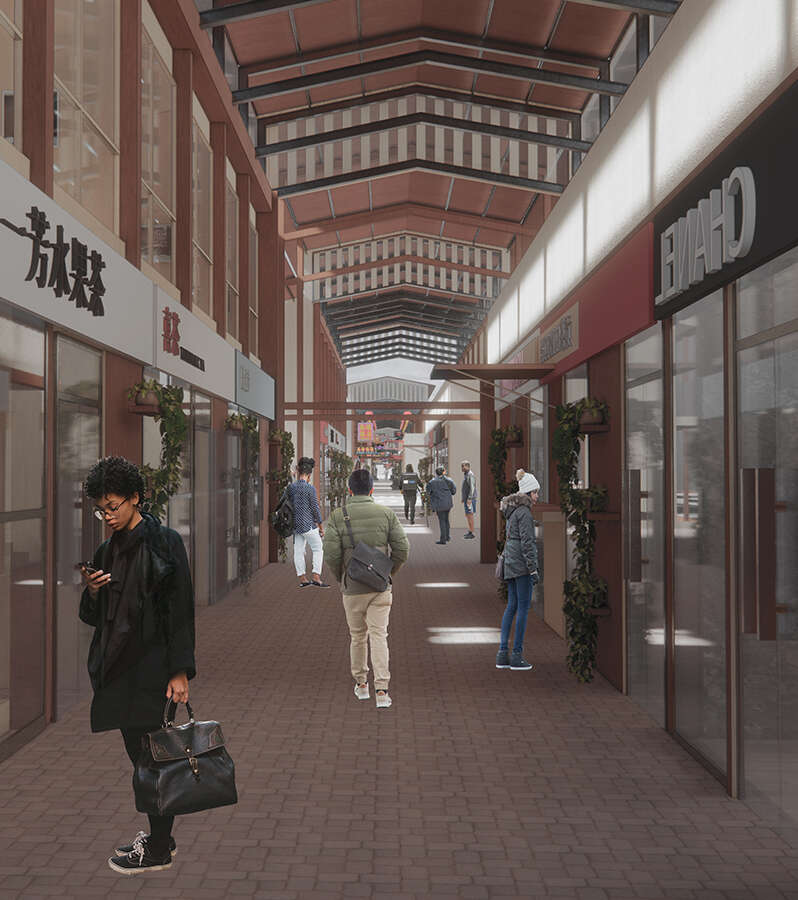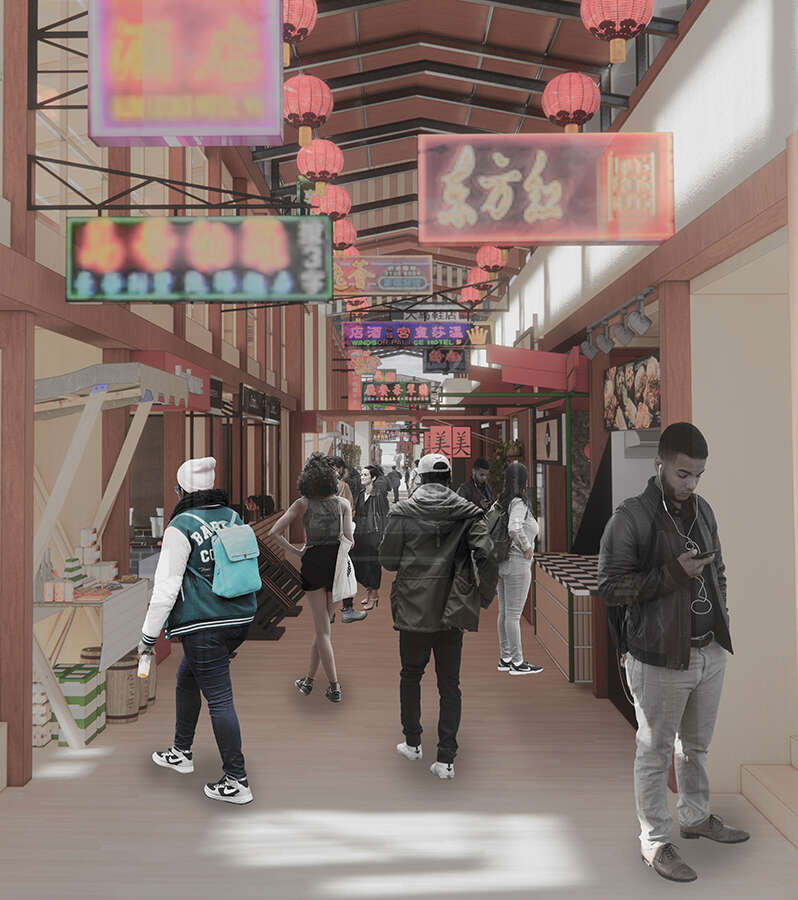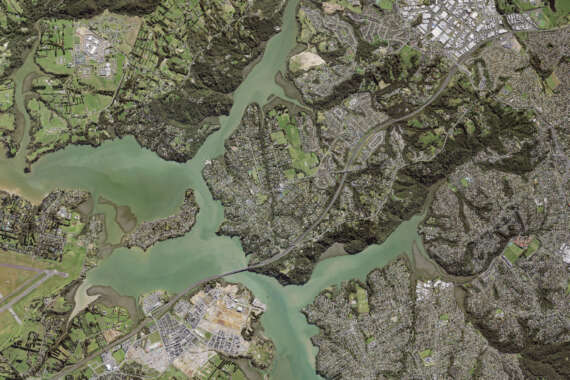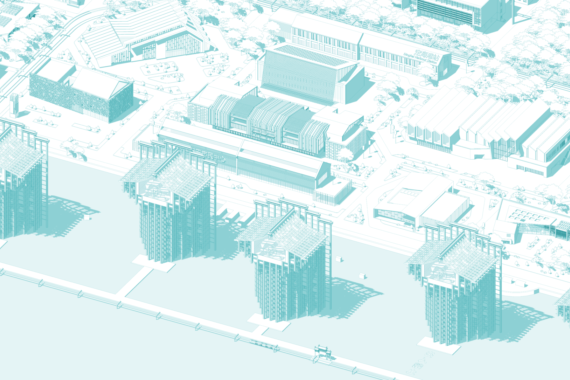Disaster Relief: From Temporary to Permanent
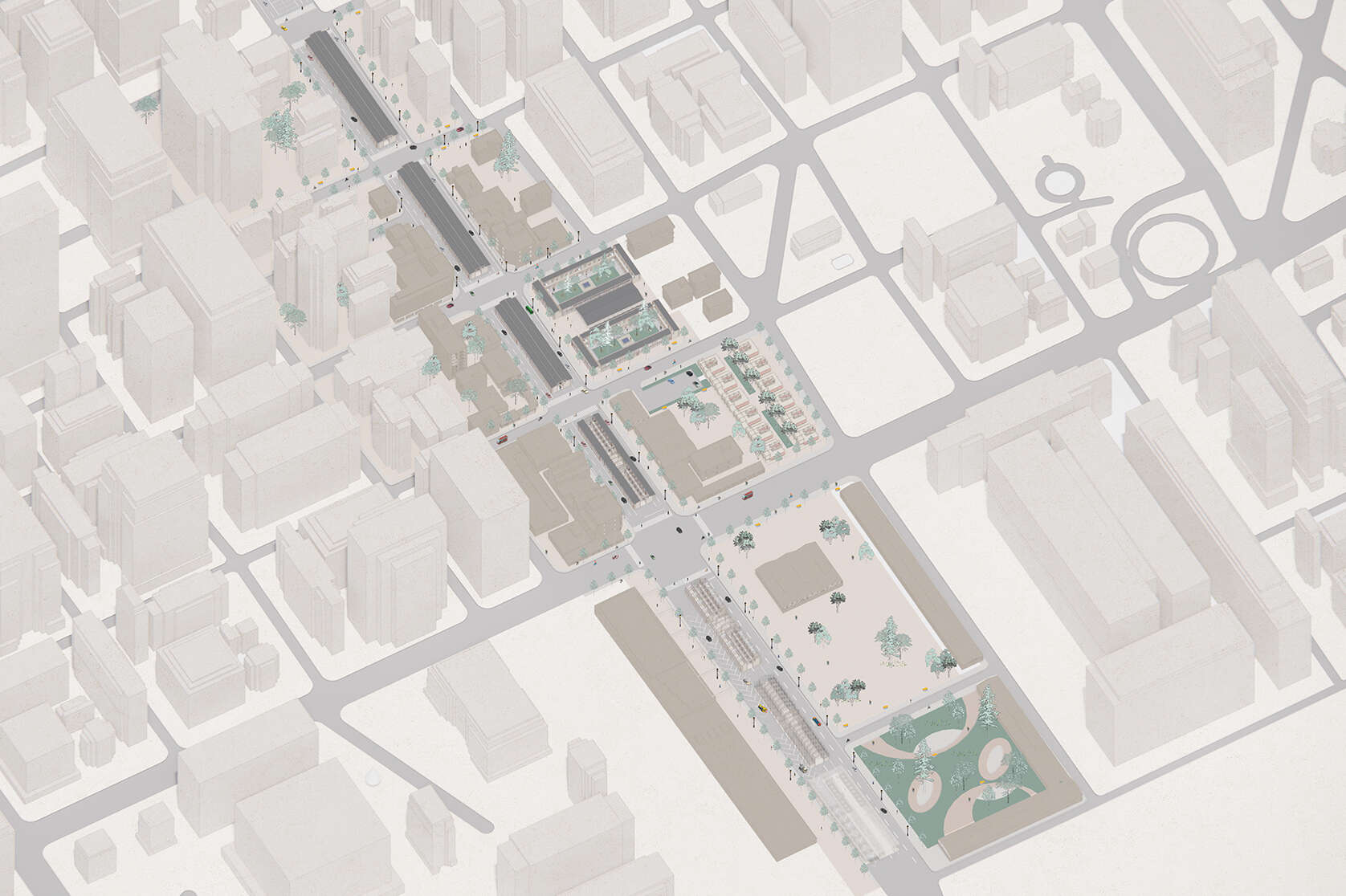
Each year around 90,000 people are killed by natural disasters including earthquake, tsunami, flood and wildfire. These disasters have affected 160 million people, a number which has increased alongside both urbanisation and a growing global population.







